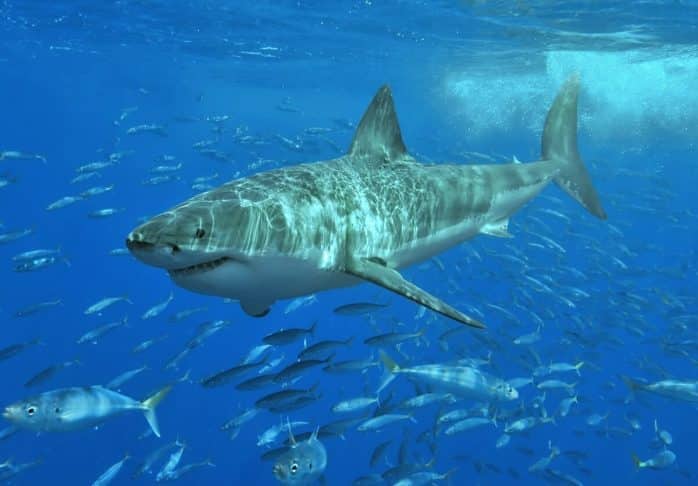The first time I visited the Miami Seaquarium, it felt magical. I was in awe of the powerful marine animals and dazzling shows—an experience that forever changed how I saw ocean life.
But over time, and with more reflection, I began to think about the deeper ethical questions surrounding the captivity of large marine animals.
The Answer Is More Heartbreaking Than You’d Think
If you’ve ever wondered why great white sharks are never part of aquarium exhibits, the truth is both emotional and sobering: they simply don’t survive in captivity.
Aquariums offer the chance to see dolphins, sea turtles, jellyfish, and countless other sea creatures up close. But one majestic predator is always absent—the great white shark.
Despite being similar in size to other marine animals that do well in tanks, great whites need far more space than any aquarium can provide. In confinement, they quickly become disoriented, stressed, and physically unwell. And tragically, every attempt to keep them has ended in failure.

A History of Failed Attempts
The first recorded effort to house a great white shark happened in 1955 at Marineland of the Pacific in Los Angeles. Sadly, the shark didn’t survive a single day.
In the same year, Marineland also tried keeping blue sharks, which had to be force-fed just to stay alive. Divers were sent in to manually open the sharks’ mouths and push food in—an act of desperation that highlights how unnatural captivity was for them.
In 1981, the park tried again—this time with a one-year-old female great white, hoping her youth and size would help her adapt. Despite being closely monitored, the 58-inch, 50-pound shark died within a week.
Since then, many other facilities have attempted to keep great whites in captivity. Each effort ended the same way—either the shark had to be released prematurely or died shortly after. The longest a great white has survived in an aquarium was just 16 days at the Monterey Bay Aquarium. Even then, the shark passed away soon after being returned to the wild.
Why They Can’t Survive in Tanks
There are several reasons great white sharks can’t live in captivity:
- Diet: They’re carnivorous hunters that feed on live prey like tuna, rays, and seals. Offering them this kind of food in an aquarium is not only expensive but also disturbing for visitors.
- Constant Movement: Great whites have to swim continuously to breathe. They can’t stop moving or swim backward, as they rely on water flowing through their gills for oxygen.
- Size and Space: The massive tanks required to accommodate their natural behavior are financially and physically unfeasible for most aquariums.
But most importantly, they simply don’t adjust to captivity.
Many sharks stop eating altogether, grow depressed, and even harm themselves. As Shark Bookings notes, “Great white sharks kept within tanks have been known to head butt their noses into the glass walls and lose their appetites… they get increasingly aggressive in their depressed state.”
Some Creatures Are Meant to Be Free
The truth is painful but clear: great white sharks are not suited for life behind glass walls. They belong in the wild—gliding freely through the open ocean.
So the next time you walk through an aquarium, take a moment to appreciate not just what’s in front of you, but also what’s missing. Some animals, like the great white shark, will always belong to the sea—not to a tank.
